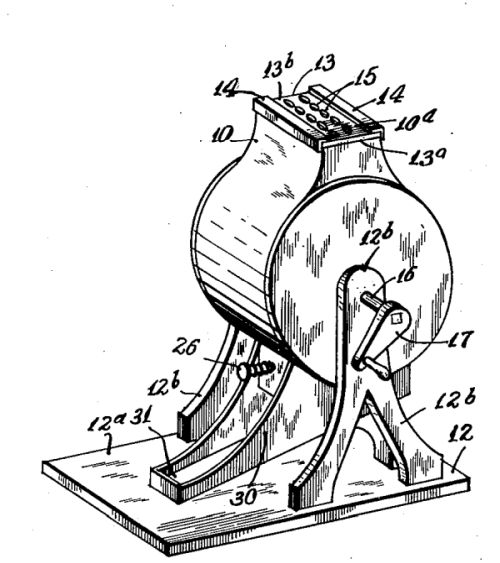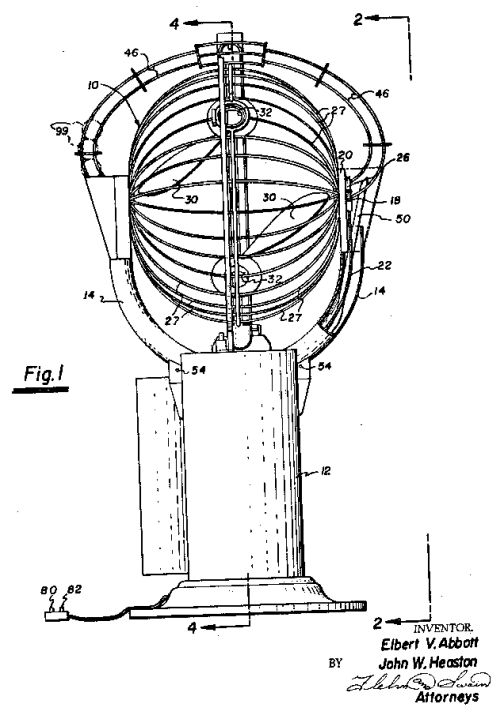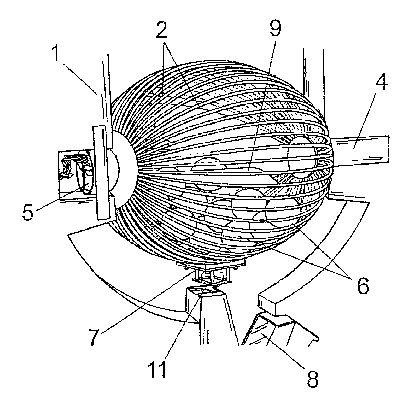Football is back! With all the excitement of this summer's Euro Championship, Copa America, and Olympics, you can be forgiven for not realising it ever left. While football has returned across Europe's major leagues, avid fans must wait a little longer for UEFA's flagship football tournament, the Champions League, to return. While qualifying rounds are due to soon be completed, the real tournament will not start until 17 September 2024. This year's competition features a new format guaranteeing more matches, but also making changes to the way teams are drawn.
Worldwide sports fans have become accustomed to seeing a former sports star or bureaucrat drawing balls to set tantalizing matchups. Such spectacles are often the object of criticism with conspiracy theorists alleging preordained outcomes lead to commercially preferential or perhaps even worse, repetitive outcomes. This year's UEFA's draw promises to be different. While an initial group of teams will be drawn from a first pot by hand, subsequent determinations of opponents and locations will be performed by a computer program with the software being provided by AE Live, appointed as a UEFA partner in September 2023.
Innovation in this area is not new. For example, U.S. Patent No 2,003,979 dating back to 27 October 1934 (almost 100 years ago!). In this patent, a horizontal container holds numbered balls. Balls exit the container via a discharge opening which is normally blocked via a stem. Once the balls have been sufficiently mixed by rotating the container by turning a connected handle, the balls may be discharged into a chute by retracting the spring-loaded stem.

Later, U.S. Patent No 3,140,875 A was granted on 14 July 1964 for a device for making random selections. This device resembles something the public is accustomed to seeing. In this patent, a rotating cage contains spherical identifiable units. A ring with discharge outlets allows for the discharge of individual units which are displayed at the top of the cage. It seems this inventor was already aware of the possibility of rigging the draw promising that the invention would ensure completely random selection.

However, innovation in drawing balls is not only a thing of the past, as U.S. Patent No 9,498,702 B2 was granted less than 10 years ago on 22 November 2016. In this instance, the invention promises not only to mix balls better, but also to simply maintenance of the device. The device in this case removes the shaft (present in the first above-mentioned patent), which purportedly negatively affects the mixing of the balls, from the middle of the cage. Again the promise of greater randomness might reduce calls of a conspiracy.

Moving into the digital domain, beyond real-world sports, millions play online virtual sports every day. Online players are matched with appropriate opponents based on skill to keep players coming back for more. Electronic Arts Inc., perhaps the biggest name in e-sports, generates millions around the world. EA is not just in the game, they are always innovating to keep players coming back. For example, U.S. Patent No 11,260,306 B2 is directed to an online matchmaking invention. In this field, delays in finding a suitable match may cause players to leave the game resulting in a decreased player base which has a snowball effect eventually leading to lost revenue. The patent aims to solve this problem by creating a simulated player to compensate for the unavailability of a suitable human opponent as a result of poor latency, poor connection quality, or a skill imbalance between human opponents. The simulated player is based on a behaviour simulation model of a suitably matched human opponent. The simulated player is presented to the player as if it were an actual human player. In fact, the simulated player is instantiated on hardware remote from the human player, or a delay is artificially included in order for gameplay with the simulated player to exhibit latency effects to simulate authenticity.
While selecting a suitable opponent seems like a simple endeavour – anyone can pick a name out of a hat – the above patents point to significant innovation in this space through the years. UEFA's use of software to set what are likely the most lucrative matches in the world emphasises that innovation is still happening with the online world bringing new challenges to overcome. Protecting these innovations with suitable IP such as patents, will ensure businesses are able to maximise the value of their R&D efforts.
The draw software is provided by AE Live. Since their appointment in September 2023 as partner for all UEFA draws, they have developed and tested the software, integrating various internal and external mechanisms to check and verify the results.
The content of this article is intended to provide a general guide to the subject matter. Specialist advice should be sought about your specific circumstances.


